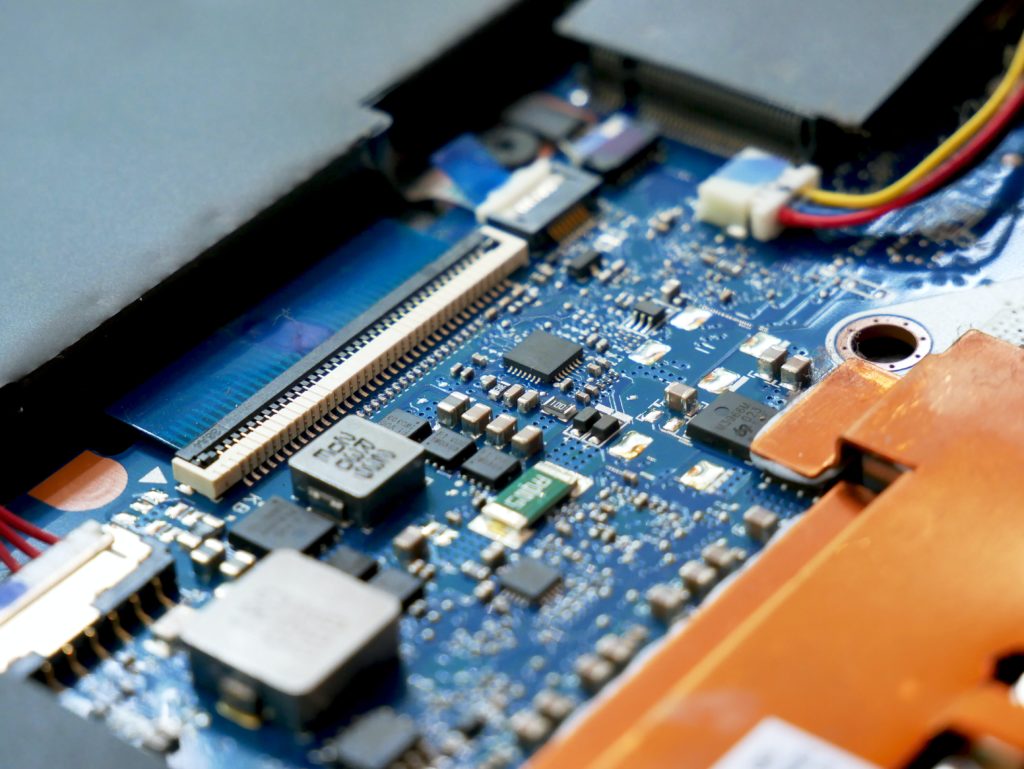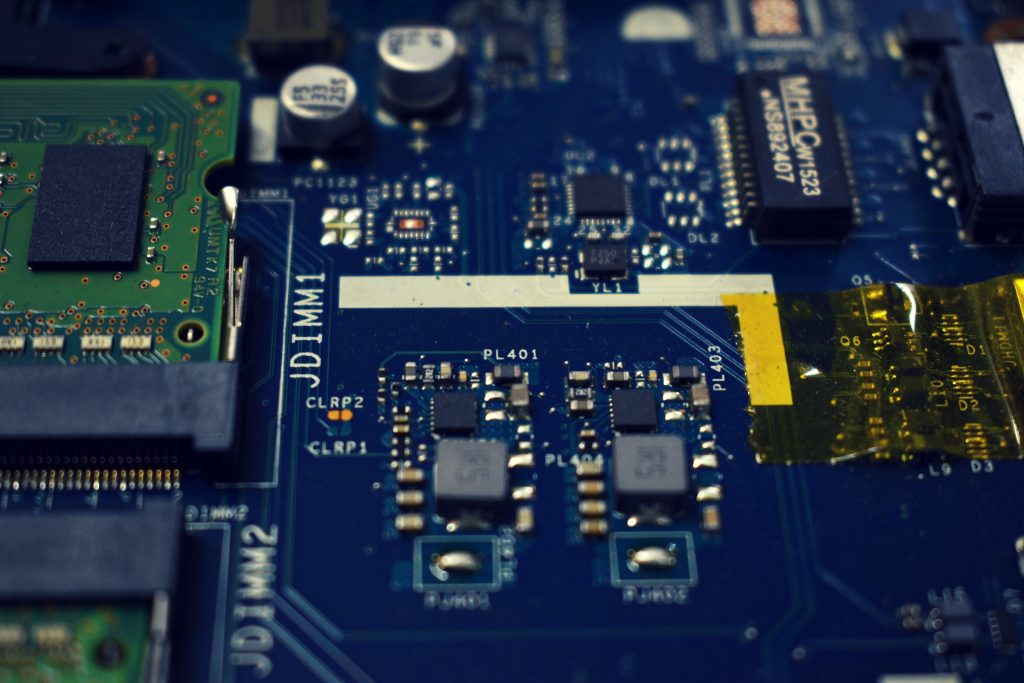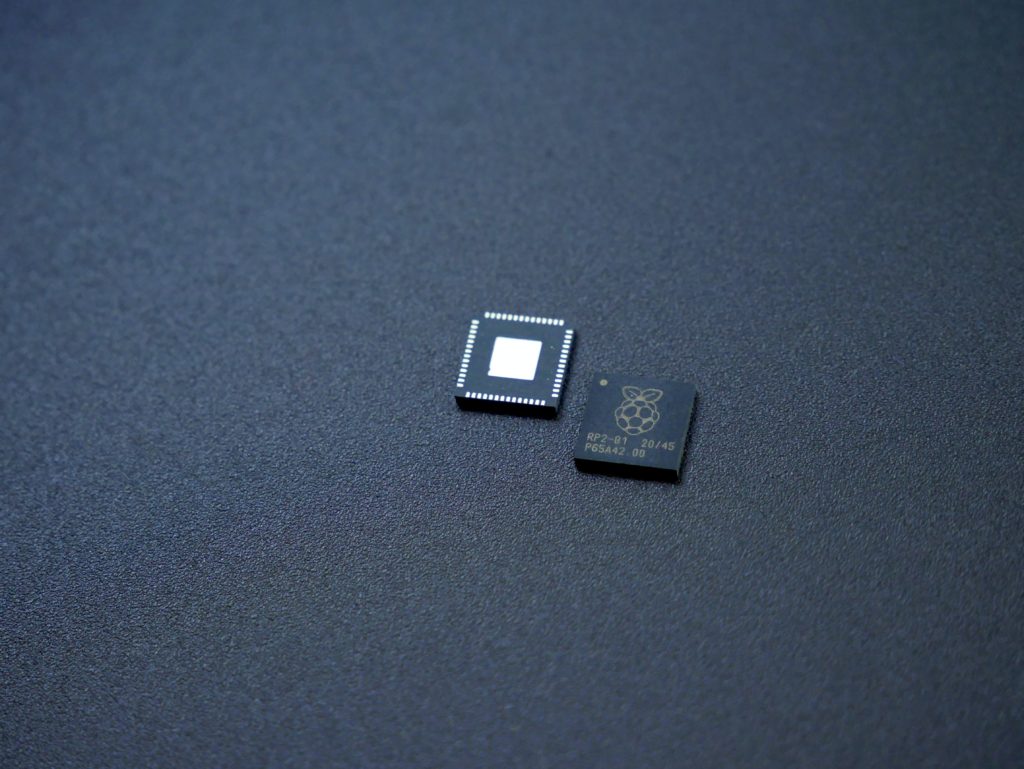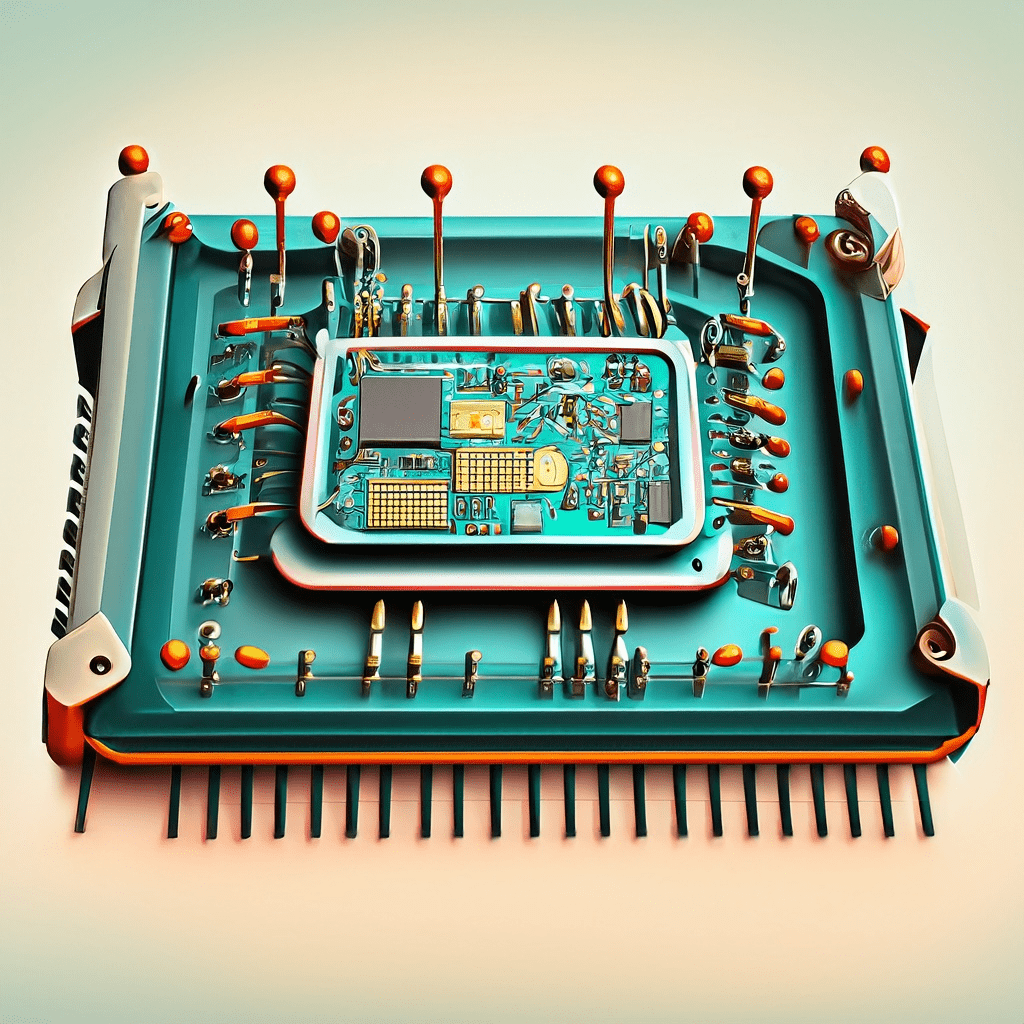Photo by Andrés Dallimonti on Unsplash
Building blocks of semiconductor products are shrinking and providing more area to pack new features. It has enabled the industry with options that are eventually powering billions of devices around the globe.
Such proliferation is positive news for the semiconductor industry and industries that benefit from such development in semiconductor technologies. On another side, bringing this positive change requires creating complex semiconductor devices. Over the years, the complexity of such devices has increased and has started impacting different stages of the semiconductor end-to-end product development stages.
Design: Semiconductor Design Is Becoming Highly Complex Due To The Need To Pack More Features Without Compromising On The Silicon Area.
Manufacturing: Complex Semiconductor Designs Create Manufacturing Challenges And Hurdles Which Leads To Longer Manufacturing Cycle Times.
Design by itself has become more challenging due to the need to incorporate a new types of devices. Profiling of these devices (FET) is needed to ensure the data correlates with the expected outcomes. After this, the design can use such a new device in large numbers. However, still, system-level accurate characterization is needed. All of this is time-consuming and also impacts the overall development cost.
On the manufacturing side, proving new semiconductor technologies without any significant yield or process issues is another challenge that a complex process brings. One such challenge is the possibility of a higher rate of defectivity, and mitigating or capturing defects requires adding extra steps that can stretch the cost and time.
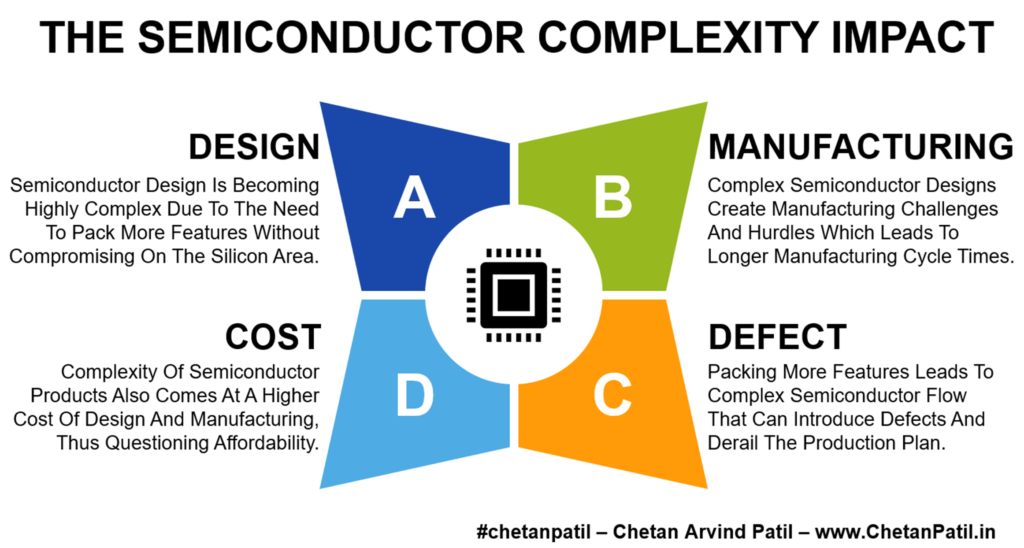
Complex architectures like XPU are the first to incorporate the most advanced solution possible. During the initial evaluation phase, these advanced XPUs can show possible defects due to a new device-level solution. In many cases, it is also a primary reason why semiconductor companies developing XPUs with new semiconductor technology spend years in research and development activity before releasing the product for mass-market.
There are several ways to ensure the new device level (power, thermal, or performance) features do not lead to any defects. However, it comes up with a significant increase in a process step and can lead to higher development costs during the design and the manufacturing validation phase.
Defect: Packing More Features Leads To Complex Semiconductor Flow That Can Introduce Defects And Derail The Production Plan.
Cost: Complexity Of Semiconductor Products Also Comes At A Higher Cost Of Design And Manufacturing, Thus Questioning Affordability.
Apart from the development stages getting complex and costlier, the process to ensure the new products are a market fit also keeps increasing due to new devices that are beneficial only if the end-system benefits from such device-level designs. As the complexity of devices enabling new features gets more complex, the semiconductor industry will have to find ways to lower the overall impact on the cost, defectivity rate, and the design to manufacturing cycle time.
The future of semiconductor devices is going to be more complex than ever. Thus, enabling an efficient development process that reduces the overall negative impact on the end-to-end development cycle is key to ensuring more time for a cost-sensitive process. Otherwise, the overall long-term impact might not benefit the semiconductor industry.


